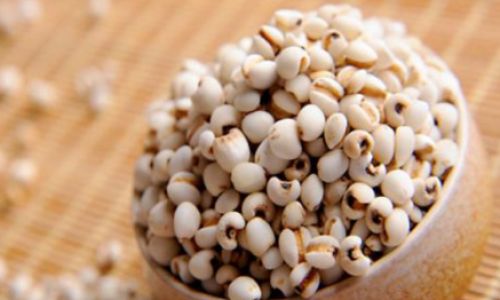Introduction
Raw oyster meat, known for its delicate texture, rich flavor, and nutritional benefits, is a culinary delight enjoyed worldwide. However, maintaining its freshness from the moment it’s harvested until it reaches your plate can be quite challenging. Oysters are highly perishable and require careful handling to retain their quality, taste, and safety. This article delves into the various methods and techniques for preserving the freshness of raw oyster meat, ensuring that you can enjoy this seafood delicacy at its best.
Understanding Oyster Freshness
Before discussing preservation methods, it’s crucial to understand what constitutes fresh oyster meat. Fresh oysters should have a clean, briny aroma, a firm texture, and a slightly translucent appearance. Their shells should be tightly closed or close promptly when touched, indicating that the oyster is still alive. Once an oyster dies, its meat begins to deteriorate rapidly, leading to a loss of flavor and texture and posing potential health risks.

Harvesting and Initial Handling
The first step in preserving the freshness of raw oyster meat begins at harvest. Oysters should be collected using methods that minimize stress and injury. Once harvested, they should be kept in cool, clean seawater to maintain their natural environment. Temperature control is vital; ideally, oysters should be stored at temperatures between 4°C and 10°C (39.2°F and 50°F). This range slows down bacterial growth and extends their shelf life.
Immediate Ice Packing
For commercial and long-distance transportation, immediate ice packing is essential. Oysters can be placed on beds of crushed ice in insulated containers. The ice helps maintain the desired temperature and keeps the oysters fresh for extended periods. It’s crucial to avoid direct contact between the ice and the oysters, as this could cause freezing injury to the meat. Instead, use a layer of damp newspaper, seaweed, or a special oyster bag to separate them.
Refrigeration
For home use, once you bring oysters home, refrigerate them immediately in an open container covered with a damp cloth or paper towel. This allows for proper ventilation while keeping the oysters moist. Never store oysters in sealed containers or airtight bags, as this can lead to suffocation and premature death.
Live Holding Tanks
If you have access to or can afford a live holding tank, this is one of the best ways to keep oysters fresh for several days. The tank should be equipped with a circulation system to keep the water oxygenated and clean. Use filtered sea saltwater with a salinity level similar to the oyster’s natural habitat. Regularly check the water quality and temperature, and replace it as needed to maintain optimal conditions.

Freezing Oyster Meat
While freezing isn’t ideal for maintaining the same texture and flavor as freshly shucked oysters, it’s a viable option for long-term storage. To freeze oyster meat, shuck the oysters as soon as possible after harvesting or purchasing. Rinse the meat gently under cold running water to remove any debris or shell fragments. Pat it dry using paper towels and place it in airtight containers or freezer bags. Label the containers with the date and use within three to six months for the best quality.
When thawing frozen oyster meat, do so slowly in the refrigerator overnight. Avoid thawing at room temperature or using hot water, as this can promote bacterial growth and compromise food safety.
Vacuum Sealing
Vacuum sealing is another effective method for preserving raw oyster meat, especially for short-term storage. This technique removes oxygen from the packaging, slowing down the oxidation process and bacterial growth. Vacuum-sealed oysters can be stored in the refrigerator for up to a week. When ready to use, simply open the package and shuck the oysters as needed.
Dry Packing
For a more traditional approach, dry packing involves placing shucked oyster meat on a bed of ice in a well-ventilated container. The ice helps keep the meat cool without directly freezing it. This method is suitable for short-term storage, typically up to 24 hours. Be sure to consume the oysters promptly to avoid any quality loss.

Chemical Preservatives
While some commercial products use chemical preservatives to extend shelf life, these are generally not recommended for raw oyster meat due to potential health risks and the negative impact on flavor. Always opt for natural preservation methods whenever possible.
Monitoring and Inspection
Regularly inspect oysters for signs of spoilage, such as an unpleasant odor, slimy texture, or gaping shells that fail to close when tapped. Discard any oysters that show these signs immediately to prevent food poisoning.
Conclusion
Preserving the freshness of raw oyster meat requires a combination of careful handling, temperature control, and appropriate storage methods. From immediate ice packing and refrigeration to using live holding tanks and freezing techniques, each method plays a crucial role in ensuring that oysters retain their delicate flavor, texture, and safety. By following these essential tips and techniques, you can enjoy raw oyster meat at its peak of freshness, whether you’re dining at home or operating a seafood business. Remember, the key to preserving oyster freshness lies in prompt and proper handling from harvest to consumption.





0 comments